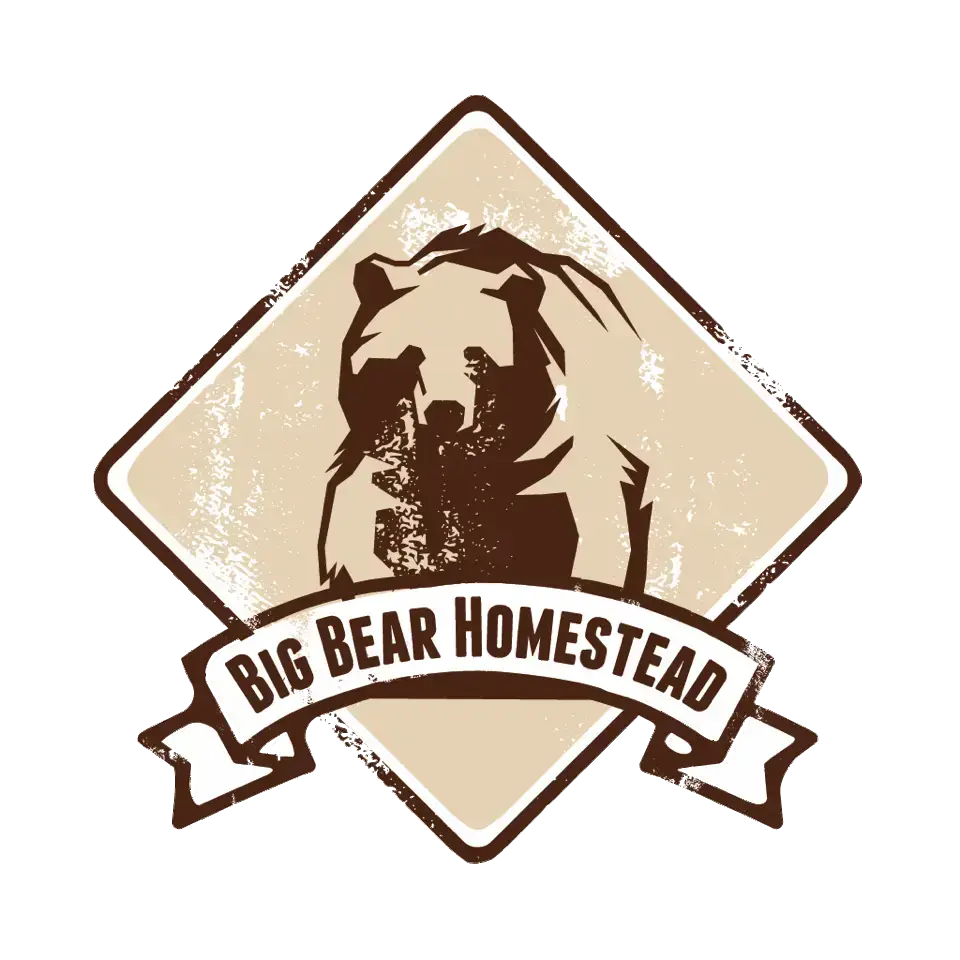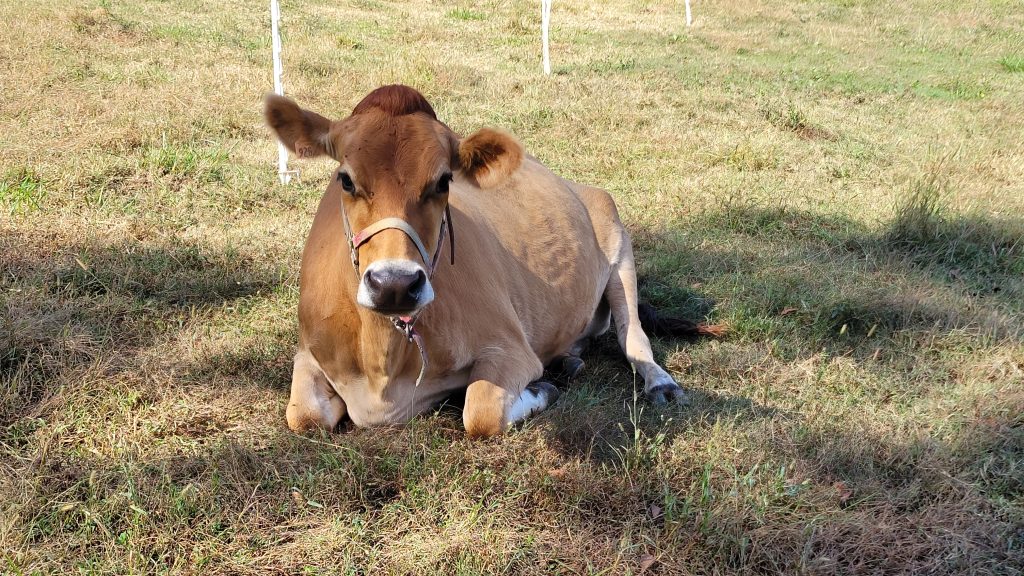What you should kn0w about dairy cows
The very first thing you must know about dairy cattle is that they require a huge level of commitment. If your dairy cow is in milk, you will have to milk her twice a day, every 12 hours. I also recommend that you establish a routine with your cow and stick to it. If not, the cow will develop her own routine and I can promise you, you will not like it. Having a dairy cow also requires special equipment like a milking stanchion, milking supplies like a bucket or milker, udder butter and iodine for treating her udder and even cleaning supplies.
Besides the specialized equipment, there will be some other requirements for a dairy cow. Most importantly, a dairy cow needs a higher amount of water. Water and protein intake are the main things that will affect your milk production. She needs high levels water to make milk. She also needs a feed that is higher in protein than what you would give a beef cow. In addition, I would also add minerals and diatomaceous earth as a preventative health measure. Dairy cattle are susceptible to all the same illnesses as beef cattle. However, they can also have issues with bloat (excessive gas) and mastitis (inflammation of the teats usually due to a bacterial infection).
Mastitis is something a dairy cattle owner should be aware of and constantly doing things to prevent it. A milked teat should be treated like an open wound. We usually apply iodine after milking. Dairy cows typically have large udders (the bag) and large teats. When the cow is in milk, these can drag the ground, or when the cow is laying down, she doesn’t care if there is manure. The teats can easily be exposed to bacteria from poop or even from flies. That is why it is important to clean out stalls and milking stanchions. These preventative measures will save you in the long run. A cow with mastitis still needs to be milked, but the milk is not suitable for human consumption. The treatment for mastitis is not cheap either. And depending on how fast you catch it, the cow could get sick and even go down. So take the time to keep things clean and disinfect the teats after milking.
In my opinion, the most challenging part of owning a dairy cow is the perception of the average non cattle owner. A dairy cow is built different than a beef cow. They have large bony hips and most of the time, you will be able to see their ribs. They won’t be sunken in, but they will be visible. The average person who knows nothing about dairy cows will be concerned that the animal is being mistreated. The fact is that dairy cows have a higher metabolism, which does require more feed and water. But all of their energy is focused on the milk production in the udder not muscle development for beef. The bony and wider hip structure of dairy cattle is really a good sign of a breeder (cow that has calves). So while the average person might think this is the sign of a sick cow, this is in fact a great quality for a dairy cow. The best solution to this is to educate your neighbors and anyone that asks. Usually your animal control people will know the difference between a meat and milk cow. So, if you are taking care of your cows, there is nothing to worry about.

